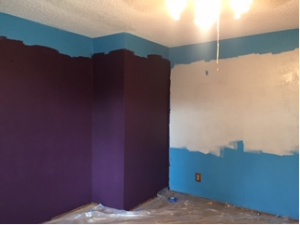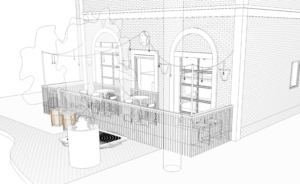The International Existing Building Code is a building code that is being adopted by an increasing number of municipalities. While the International Building Code has provisions for existing buildings it offers fewer options than the IEBC. The first step in identifying the applicable code provisions is to decide the classification of the work.
The first classification is repairs. Repairs are the replacement or repair of damaged materials for the purpose of maintaining them in good condition. This work can include work on non-damaged parts if the work is part of the process of repairing the damaged parts.
Level 1 alterations are the removal, replacement or covering of existing materials and building elements with new materials and elements with the same purpose.
Level 2 alterations include reconfiguration of space, changes to doors and windows, reconfiguration of any systems and the installation of additional equipment.
Level 3 alterations apply where the area of the remodel is more than 50% of the building area.
A change of occupancy kicks in when there is a change in the occupancy of the space.
Additions have their own classification where the work is an addition.
Historic building provisions are in effect where they meet the definition. Generally that means being eligible for listing on a national, state or local registry.
Finally there is a classification for relocated buildings.
With the classification determined based on scope you can move to the particular chapter and see what specifics of the code apply.










1 thought on “Classification of Work and Scope in the Existing Building Code”
If a property owner undertakes what would seem to be a “Level 2 alteration” of an existing building to change the occupancy, does he have to follow the guidelines under the IEBC for both “Level 2 Alterations” and “Change of Occupancy” or just one of the two?
Comments are closed.